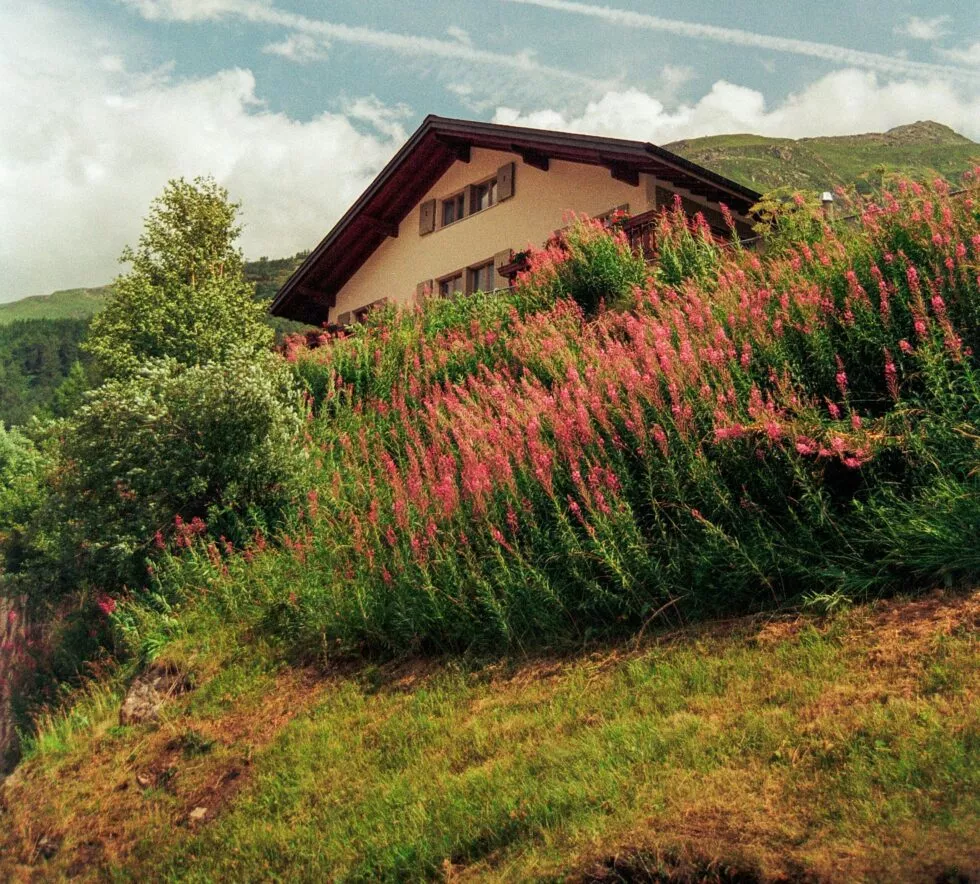Installing a septic tank in difficult terrain: solutions for effective sanitation

Understanding the challenges of difficult terrain
Installing a septic tank can become a real headache when dealing with difficult terrain. Whether due to the clayey composition of the soil, the presence of rocks or a steep incline, each type of terrain presents its own challenges. To ensure successful installation, it is important to fully understand these constraints and choose the appropriate solutions. In this article, we will explore the various options available to ensure optimal sanitation, even in the most complex conditions.
Clayey soil: managing impermeability
Clay soils often present problems of impermeability, which complicates the dispersal of wastewater. To overcome this problem, it is essential to set up an effective drainage system. The installation of infiltration trenches or filter beds may be necessary to ensure the proper absorption of effluents.
Dealing with rocky terrain
In areas where rock is predominant, digging to install a septic tank can be difficult and costly. The presence of underground rock prevents easy access to the soil, making earthworks more complex, or even impossible in some cases. In this context, the use of an Aquatiris Sanitation Garden becomes a viable option. This system is based on a method of wastewater treatment using phyto-purification which does not require digging into the ground.
Indeed, the Aquatiris Sanitation Garden can be installed above ground, which means that it does not require major changes to the terrain or digging into rock layers. This feature is particularly advantageous in areas where geological conditions make excavation difficult or costly. The system can be installed on the surface of the ground or slightly buried, but without the need to dig large, deep pits, which is necessary for a conventional septic tank.
Thanks to this installation flexibility, the Aquatiris Sanitation Garden can be adapted to different types of terrain, including those that are difficult to access or particularly hard, thus offering an effective and environmentally friendly solution without compromising the integrity of the site.
Managing sloping terrain
Installation on sloping ground requires special attention to prevent the risk of runoff and erosion. Gravity-flow septic tank systems can be used to take advantage of the slope, but this requires meticulous design to avoid overflows. In addition, solutions such as all-water septic tanks coupled with lifting pumps ensure proper treatment and effective dispersion of wastewater.
Innovative solution for sanitation on difficult terrain
Phyto-purification, or wastewater treatment with plants, is an innovative solution based on the natural ability of plants to filter and purify water. This ecological method is particularly suitable for difficult terrain, offering an alternative to traditional sanitation systems such as septic tanks or micro-stations. Unlike these systems, which require complex installations, phyto-purification integrates smoothly and respectfully into the landscape while being highly effective.
In regions where the terrain is difficult, such as rocky soil, steep slopes or marshy areas, phyto-purification can be an ideal solution. Unlike conventional systems, which often require heavy and costly earthworks, the phyto-purification system can be installed on the surface or with minimal development. It allows geological obstacles to be circumvented, making wastewater treatment possible where other solutions would be inaccessible or too complex to implement.
The principle of phyto-purification is based on the use of plants, generally reeds or other suitable plants, which act as natural filters. The plant roots trap solid matter, break down organic matter and facilitate the biological exchanges that purify the water. This method offers an effective treatment of wastewater while reducing the system’s carbon footprint, as it requires no chemicals and limits pollutant discharges into the environment.
One of the major advantages of phyto-purification is its integration into the landscape. Rather than transforming the garden or the land into a utilitarian space dedicated to sanitation, phyto-purification transforms wastewater treatment into an aesthetic and functional element of the landscape. It creates a veritable ecosystem in which plants, water and micro-organisms work together to ensure effective treatment. This not only purifies wastewater, but also contributes to local biodiversity by providing a natural habitat for flora and fauna.
In short, phyto-purification is an innovative and environmentally friendly solution for installations on difficult terrain. Thanks to its easy installation, small ecological footprint and harmonious integration into the landscape, it responds to the modern challenges of sanitation while contributing to a more sustainable and nature-friendly future.
Conclusion: successful installation on difficult terrain
In conclusion, installing a septic tank on difficult terrain may seem complex, but various solutions exist to guarantee effective and sustainable sanitation. Whether facing the challenges of clay, rocky or sloping terrain, suitable systems can be put in place to ensure optimal wastewater treatment. Among these solutions, phyto-purification, in particular with the Aquatiris Sanitation Garden, stands out for its easy installation, flexibility and respect for the environment. It offers an innovative alternative to traditional methods, integrating nature into the treatment process and adapting to the geological specificities of the terrain.

